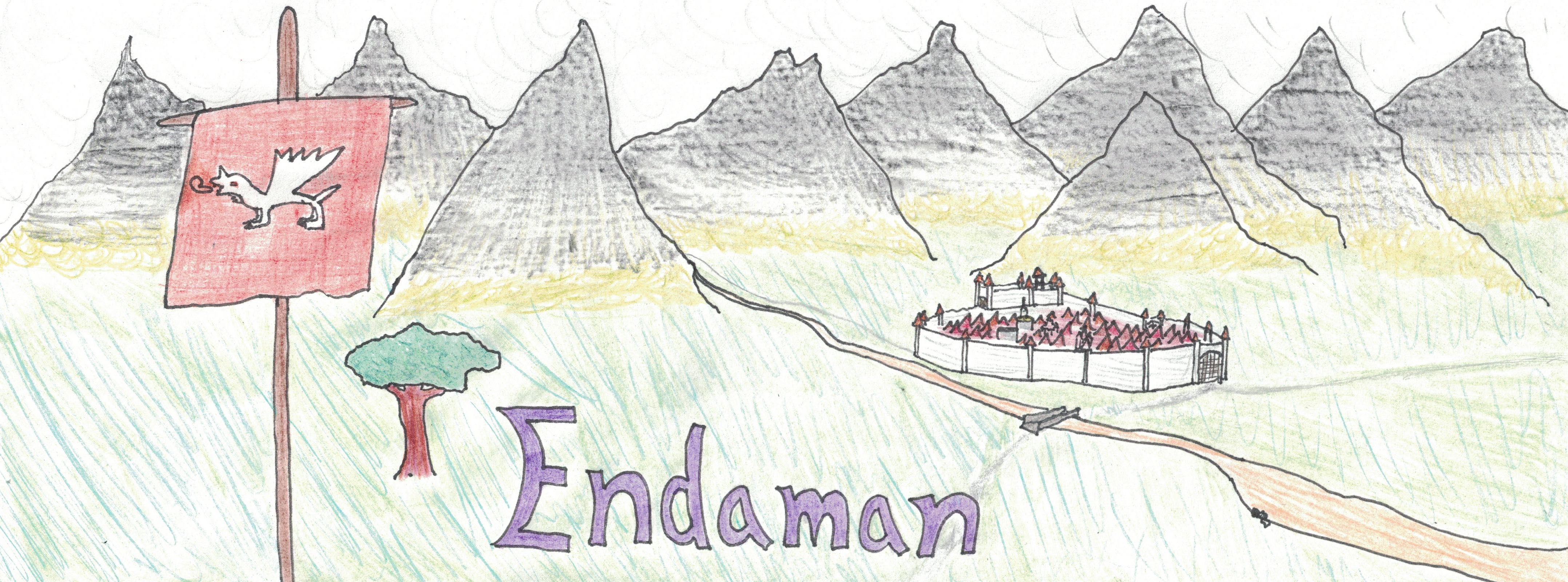Worship in the Hayim Tradition
"The Bindi Temple of Agharna is located near the edge of the main market square. A giant spire of green and white stone, it seems to stretch toward the heavens. The three-sided tower with its great brass bell can be heard everywhere in the city, calling the faithful to prayer in much the same way as the hero Dilgar must have called the ancestors of the Hayim across the waters of the Dark Sea. A marvel of the builder's craft if there ever was a building that deserved that title."
~Zarsic Stépar, A Long Journey
History
The rituals have experienced a great change in the past two centuries, becoming more heavily elaborate in nature. This is due to a jealousy of the scope and power of the Imperial Temple, as well as an assertion of cultural pride - not everyone is pleased with these unspoken reasons.
Execution
The ceremony begins with the call to prayer. On prayer days, an assistant of the curate goes to the spire of the temple and rings its brass bell. Once the bell rings, the ceremony must begin a half-hour later. This makes sure that everyone has adequate time to get to the temple and clean themselves up if needed. Attendance is, of course, mandatory for those able to go.
After all of those participating take their seats in the rows of pews, the ceremony itself can begin. The first thing done is the well-named "Short Prayer" delivered by the officiating curate. This prayer speaks of the beauty of heaven, the steps that must be taken for the good to reach it, and a warning against the temptations of evil.
Following this, everyone must get up from their seats and place an offering at each of the three icons of the gods in turn; first Agharna the Righteous, then Kkerwa the Virtuous, and finally Yali the Protector.
Agharna's altar is where the praying leave their worldly concerns. To do this, an assistant to the curate will provide a ceremonial candle, and the worshipper whispers a sin that they have committed into the candle. At that point, the assistant will take back the candle, and light it. As the wick of the candle begins to burn readily, the prayers claim, the secret's power over the worshipper is replaced with a burning desire to do right by their mistake.
At Kkerwa's altar, the faithful leave money. Most leave only a couple of pennies, but others may place a significant amount of money there if they want the Virtuous to guide them away from grievous sin. The leaving of money shows the faithful's turning away from material wealth and power. The money is collected by the curate at the conclusion of the ceremony and used to pay the temple and those who work for it.
Finally, the faithful turn to the altar of Yali. There, they write one good deed that they will perform for this week, or speak it aloud to the assistant there if they cannot read or write. This deed can seem rather mundane, like visiting an old friend or giving some for free in a shop. That is, until one appreciates the scale of everyone in the village contributing to the common good at least once that week. Of course, not everyone does their good deed, but the idea of everyone doing one good thing for someone else is truly inspiring.
After having made their way to the three altars, the congregation sits back down. After everyone is reseated, the curate delivers the "Long Prayer", which is a listing of the virtues and the vices.
After this sermon, the curate brings out the prayer cakes, which are hard and unflavoured biscuits. Those who completed their good task the week before are allowed to partake of the bread, but if one hasn't completed their good deed, they are not permitted to sully the divinity of the biscuits by eating them with their sinful hands. This separates those who do good in the community from those who are less kind, and gives them an incentive to be better.
At this point, the ceremony ends. As the ceremony tends to begin around midday, many go home for supper before returning to work.
Components and tools
Participants
Every temple has at least one curate and two assistants to complete their required roles throughout the proceedings, but a large amount of the ceremony is completed by the participants themselves.
Observance
The ceremony takes place on the last day of the week. A few holidays during the course of the year are also observed with this same ceremony.
Art Credit: emperorcharlesii (me!)
Remove these ads. Join the Worldbuilders Guild
Remove these ads. Join the Worldbuilders Guild









Comments